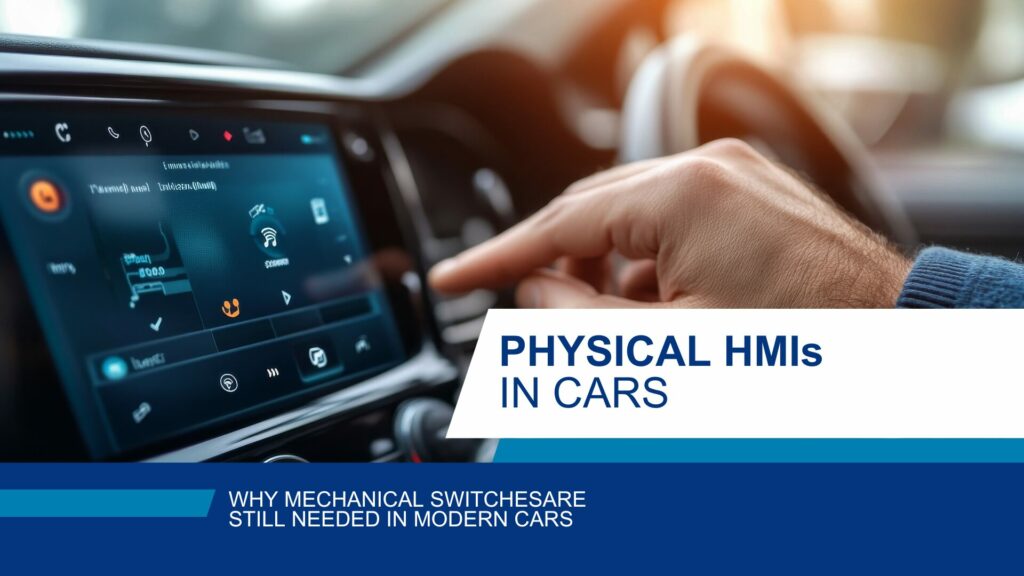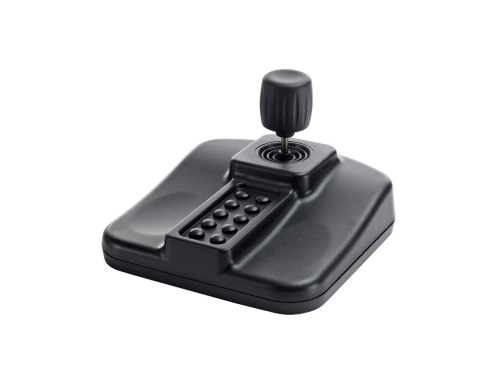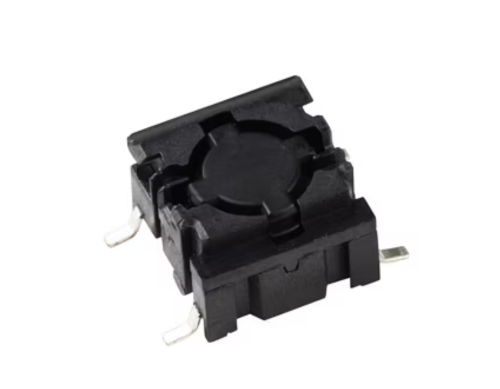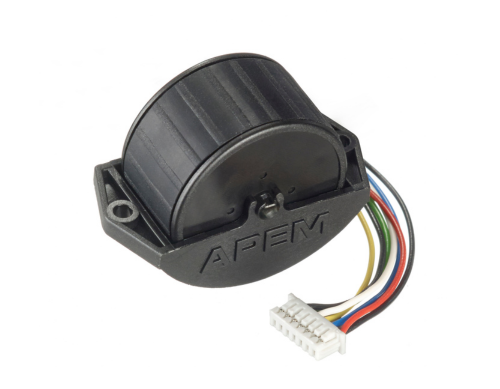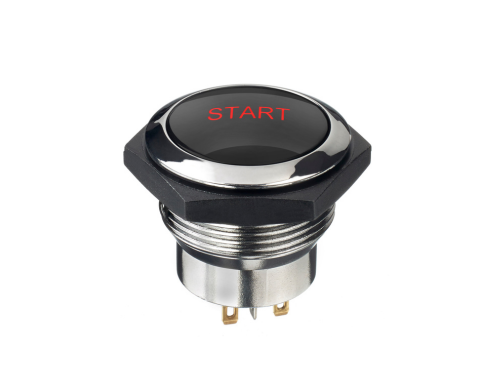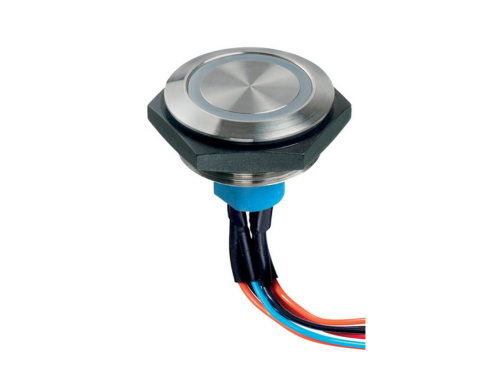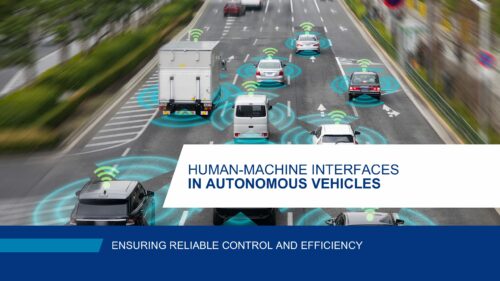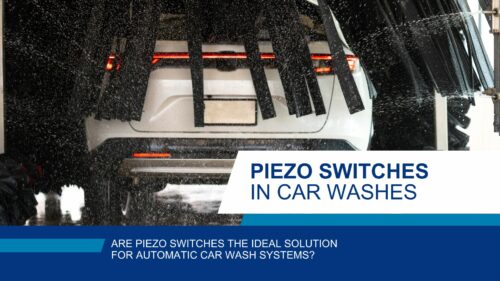In the automotive design, the balance between technological innovation and driver safety is crucial. The European New Car Assessment Programme (Euro NCAP) has recognized this by announcing that, starting in 2026, vehicles must feature physical controls for essential functions to achieve a five-star safety rating.
The case for mechanical switches
Touchscreens offer versatility and a sleek aesthetic, consolidating multiple functions into a single interface. However, they often require drivers to divert their attention from the road to navigate complex menus, increasing the risk of distraction-related incidents. Indeed, Research by TRL in the UK in 2020 found that mobile phone interfaces for car touch screens, known as Apple CarPlay and Android Auto, reduced reaction times as much as drink or drug driving.
With the addition of infotainment screens in vehicles, car manufacturers have integrated touchscreen-based controls, but focus groups showed that people displayed emotions of stress and annoyance when they wanted to control something in a pinch but are unable to do so. Ultimately, the cost savings from going digital have been nullified by the increase in warranty service repairs.
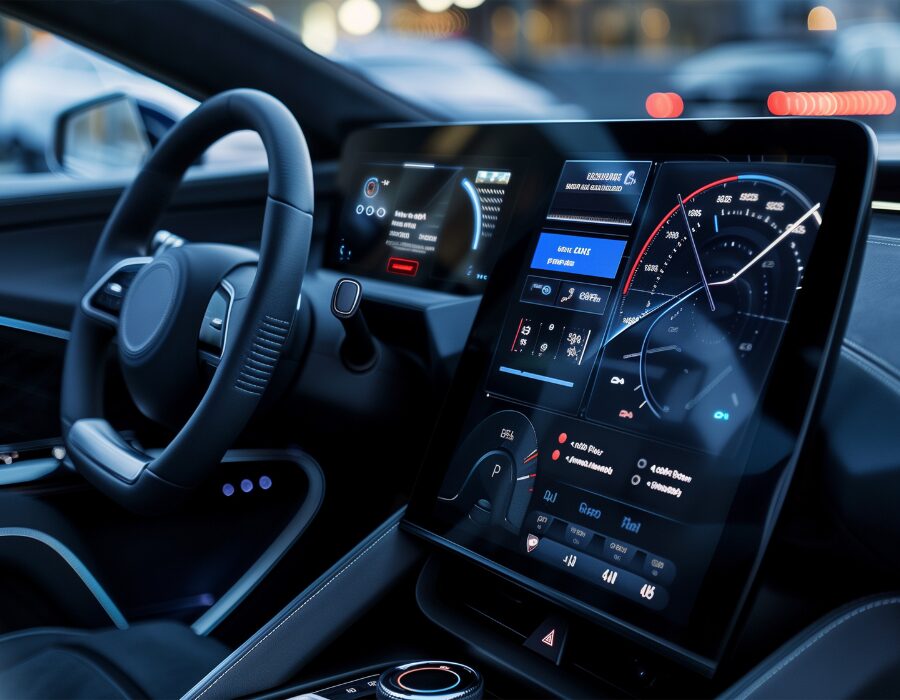
Mechanical Human-Machine Interfaces (buttons, joysticks…) in contrast, provide tactile feedback, enabling drivers to quickly operate controls by feel, thereby minimizing visual distraction. The advantage of these mechanical HMIs is that they rely on muscle memory to find them while keeping our eyes on the road.
Safety implications
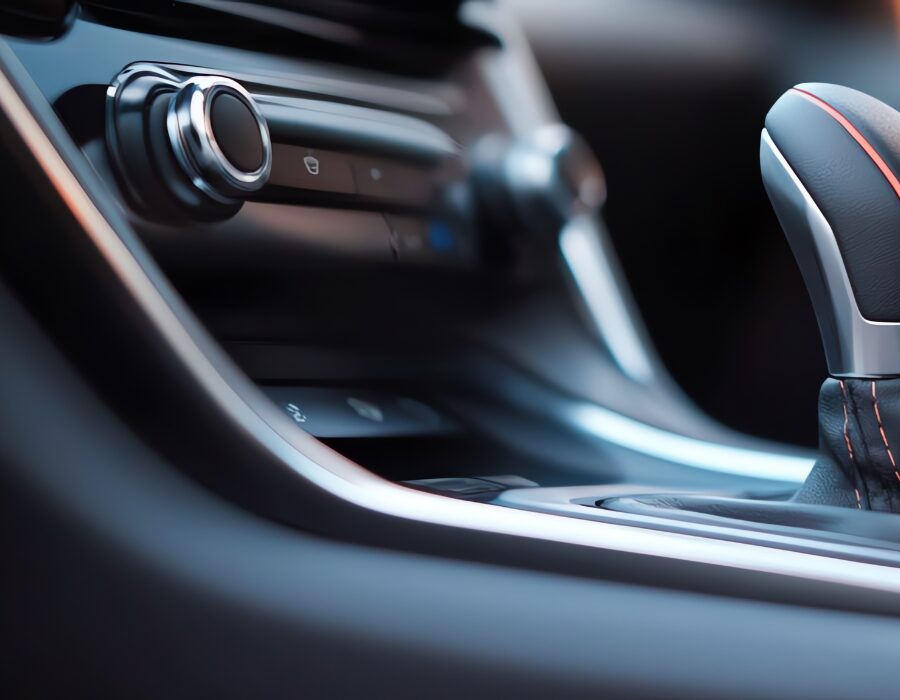
Euro NCAP’s decision underscores the critical role of intuitive, tactile controls in vehicle safety. By mandating physical HMIs for functions such as indicators, hazard lights, horn, windscreen wipers, and the eCall SOS system, the organization aims to reduce driver distraction and enhance response times in critical situations.
Industry response
Automakers are responding to these safety considerations. Some of them, like Hyundai, have reintroduced physical buttons and knobs in their vehicle designs after observing that users found touchscreens less user-friendly for essential functions. The integration of mechanical switches must be done carefully. Indeed, pushbuttons can also be done wrong. Depending on the function associated, you may want to have detents, different force resistance, vibration, etc. These things require the help of an HMI specialist like APEM that can design the perfect pushbutton for each function.
APEM is a trusted partner for all vehicle manufacturers seeking to provide the best control solutions to their users. By integrating our switches, joysticks, or complete control panels, you are choosing peace of mind. Our HMIs are designed and manufactured to the highest quality standards and in compliance with the most stringent regulations, such as ISO 16750 and ISO 26262.
While touchscreens contribute to a modern vehicle interior, the necessity for mechanical switches and other HMIs remains evident. They provide immediate, reliable access to critical functions, thereby enhancing driver safety. As Euro NCAP’s 2026 deadline approaches, the automotive industry is expected to prioritize the integration of physical controls to meet safety standards and consumer expectations. We believe that the future is a mix of HMIs, for instance rotary knobs integrated in touchscreens. For this reason, our experts continue to improve our capabilities in haptic feedback.
